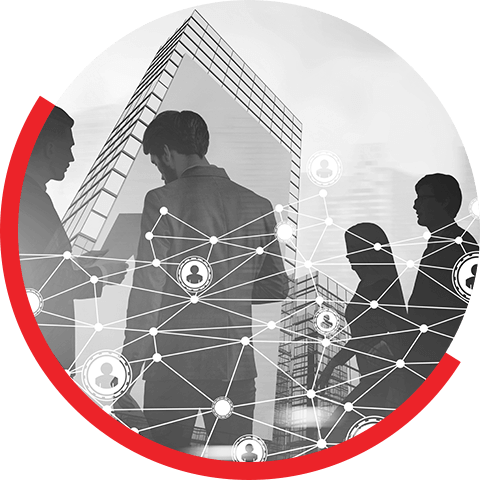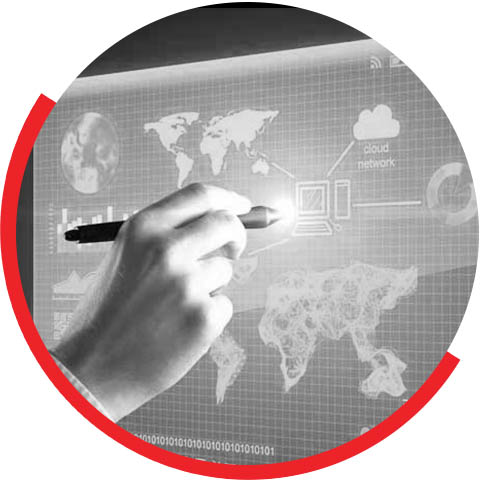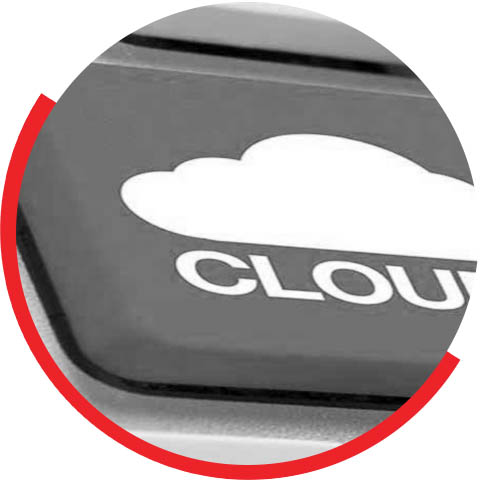Engineering and technology organizations have come up with a set of best practices for developing and deploying cloud-native applications during the past decade. Observable systems, continuous delivery, and containerization are examples of these best practices.
At the same time, cloud-native organizations are dramatically changing how they're organized, turning large departments into independent teams (development, QA, operations, release are examples). To support these teams, two key new functions have been emerged: site reliability engineering and platform engineering. The software engineering discipline is being applied in different aspects of operations by SRE and platform engineering, which are the spiritual successors to traditional operations teams.
The rise of microservices, container orchestration, and other challenges have created new engineering challenges. Recent developments in cloud providers, containers, and infrastructure as code have opened up many superpowers for organizations, such as service discovery and simplified horizontal scaling. Several organizations have formed platform engineering teams to handle these tasks.
At Sonata, we leverage our unique method - PlatformationTM - to build open, connected, scalable, and intelligent platforms while ensuring that all the aspects of your business form the core of your digital transformation journey.
PlatformationTM enables interaction among organizations, customers, and ecosystem actors, thereby unlocking value. This allows for a quick response to changing client expectations via innovative service/product offerings that add value to all stakeholders. Platformation enables the orchestration of the digital ecosystem as well as the execution of digital business activities by combining platform features.
Platforms, we believe, are much more than just stacks of technical layers. Building a strong digital platform necessitates the integration of several technology platforms from the information systems, data & analytics, IoT, ecosystem, and customer experience domains.
The following capabilities and functionalities are embodied and delivered by digital platforms designed using the PlatformationTM framework:
- The technical environment, application development approach, and IT operations model all work as one system.
- Stacks are integrated with the cloud to common standards in a highly secure environment with auto-scaling.
- Applications are built as micro-services with multi-device and channel reach capabilities, as well as Big Data, AI, IoT, and telemetry-enabled functions, enabling intelligent contextual transactions that can be easily integrated and orchestrated inside this standard framework.
- For quick, flexible feature releases, operations options include full automation with continuous development, integration, and deployment capabilities.
- To analyze, control, and optimize system performance, built-in operations analytics that aid platform self-learning are used.
What is platform engineering?
Platform engineering is the process by which companies adopt and leverage new technology and platforms to transform their cloud platforms. If you look at the reasons behind the underlying success of these born-digital players, they can imagine their business on a platform business model.
A platform business model is a radical shift from the traditional pipe business model, where the operation was linear. Here, the platform business engages the larger ecosystem of the customer, partners, and suppliers and can leverage the underlying value of data through digital technologies.
Developers can simplify the process of delivering software to users with the help of platform engineers. There are many ways to accomplish this. A few examples of these ways are standardizing an organization's Kubernetes deployments, ensuring infrastructure is auditable, automating various deployment processes, and writing documentation for application developers.
Platform engineering should not be confused with DevOps. While they are similar in some ways, they differ in others. When a team in an organization wanted to host a new website, it was necessary to coordinate with the DevOps team. Platform engineers develop systems that teams can build upon. As an example, if the same team had a platform that was responsible for hosting the website, no coordination would be necessary between this team and the platform engineering team.
Creating a platform engineering team is one way for a company to start updating its engineering culture. The aforementioned changes, such as cloud vendor popularity and the shift to a microservice design, make building a platform engineering team even more appealing. However, there are alternative ways to modernize engineering culture.
Watch out for this space for more updates. Worried about your digital transformation journey? Reach out to us today and, we will show you the way forward.










